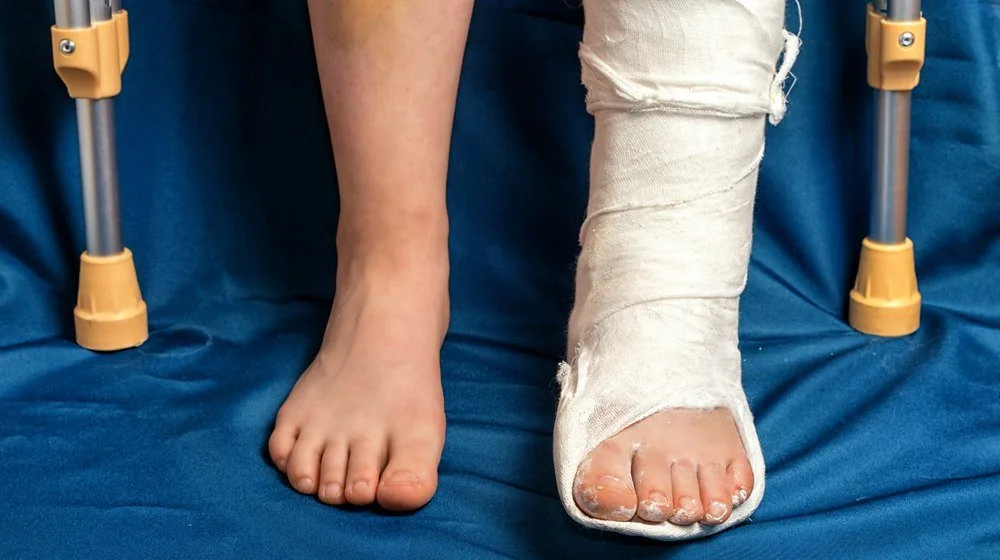Lower Extremity Fractures and Amputation
Tibial and fibular fractures are common injuries in car crashes. Because there is little tissue between the tibia and the outside skin, open tibia and fibula fractures are relatively common. These are fractures in which parts of the bone protrude through an open wound on the skin. Because of the risk of open fractures and because the tibia is a main supporting bone, these fractures can be disastrous and can result in permanent disability and even amputation in some settings. Tibia and fibula fractures, if missed initially, can result in a leg that is useless.
Treatment for Tibia and Fibula Fractures
Fortunately, most fractures of the tibia and fibula heal well. They can be treated with an open fixation using a rod down the tibia to line up the bone and allow it to heal with good alignment. Closed reduction into proper alignment is possible with a hip to toe cast to let the bone to heal.
The Rate of Amputation Following Open Fractures
One study looked at the rate of amputation following open fractures of the tibia and fibula. Tibia and fibula fractures can disrupt the nerves and vascular structures of the lower leg. The study looked at 31 open tib/fib fractures occurring over an 11 year period of time. They looked at injuries to the popliteal artery in sixteen cases, injuries to the tibial artery in 8 cases, injuries to the femoral artery in 5 cases and injuries to the dorsal artery in the patient’s foot in two cases.
A total of 25 patients were able to have a vascular repair of their arterial injury. Twelve had the artery reconnected from the proximal to a distal portion. Twelve patients needed reverse saphenous vein grafts. One patient required a bovine graft to restore distal circulation. Among all these patients, five of them required amputation because their arterial repair was insufficient and the leg was lacking in circulation. Three patients had vascular injuries that were irreparable, so they needed immediate amputation. Three more patients required blood vessel ligation due to excessive bleeding but did not need to go ahead and have an amputation.
Infections Following Amputation
Those patients who needed an amputation often had an infection because the open fracture sent bacteria into the system. Some were in shock at the time of admission and required immediate amputation to restore circulation and relieve shock. Still, others suffered severe crush injuries to their lower leg that meant that even if the bones could heal, the soft tissue injury was beyond repair and the patient required an amputation to avoid tissue necrosis. Three amputations needed to be done immediately and eight were done later–after it was clear the leg would become gangrenous or seriously infected. The total rate of amputations was 35 percent.
This means that about two-thirds of all open fractures can be salvaged, even if they have bony, soft tissue and vascular damage. It is up to the emergency room physician and orthopedist to recognize these injuries and address those that can be treated before ischemia sets in and the leg must be lost. The most common signs that a tib/fib fracture needs an amputation is a history of shock following injury, a severe crush injury to the leg or an infection in a leg that has some vascular compromise.
Photo by pexels.com

